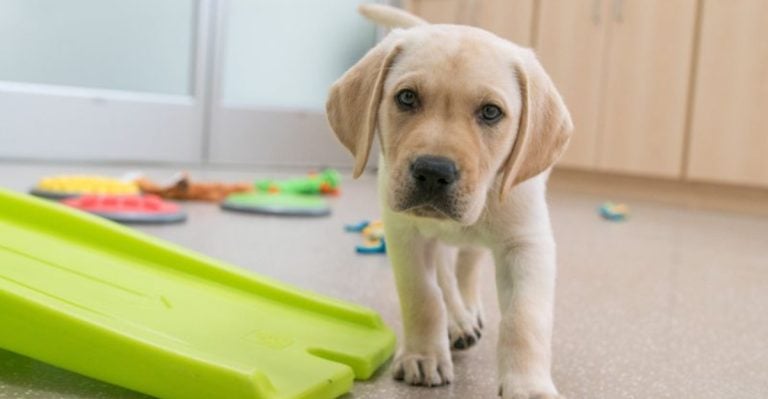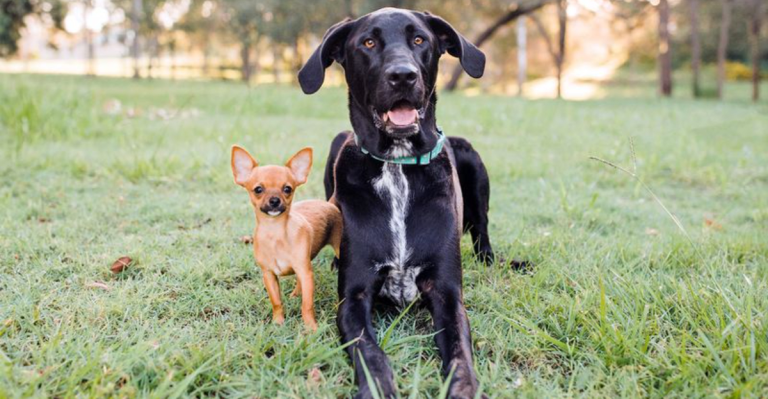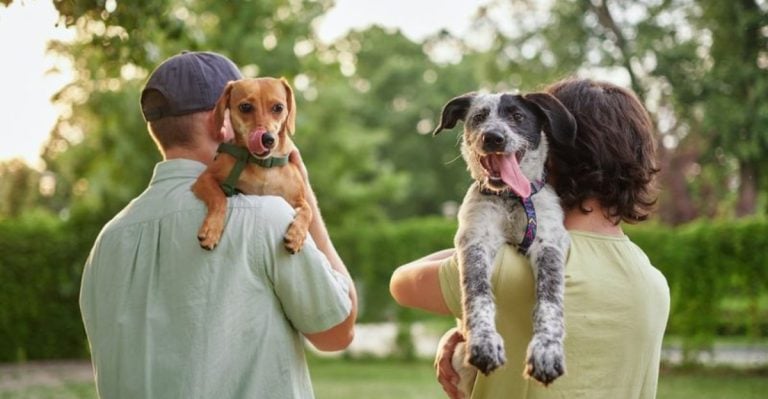15 Dogs That Face Adoption Heartbreak Too Often

Every adoption should be forever, yet some animals find themselves back in shelters, feeling confused and heartbroken. Mismatched expectations and high-energy needs often lead to returns when their behaviors are misunderstood. Certain dog breeds are adopted with high hopes, only to be sent back when owners realize they aren’t the right fit. Many spend months waiting for another chance, while others face an uncertain future. But knowing why this happens can help change their fate.
Belgian Malinois

At first, the breed’s intelligence and athleticism seem appealing, but reality sets in fast. High energy, a strong working drive, and a constant need for engagement make them difficult for inexperienced handlers. Many are returned when households can’t keep up, unaware that casual training and occasional walks won’t be enough.
Huskies

Why do Huskies end up being returned? The instinct to roam runs deep, turning everyday enclosures into mere hurdles. Containment isn’t as simple as a sturdy fence or a closed door. Adopters expect a companion but find themselves struggling to manage an escape artist instead.
Dalmatians

Known for their distinct spotted coat, Dalmatians look exotic, but more often than not, they end up in shelters when their energy levels prove overwhelming. Originally bred as carriage dogs, Dalmations require consistent movement and mental challenges. Without proper outlets, frustration leads to destructive habits, making them a poor fit for households unprepared for their high demands.
Pit Bulls

Despite their deep bonds with humans, restrictions often stand in the way of a stable home. Housing policies and insurance rules leave many families with no choice but to give up. Widespread misconceptions only add to the struggle, leaving countless dogs returned to the shelter or waiting for homes.
Jack Russell

Size can be deceiving as these small companions require far more activity than expected. An intense prey drive and endless energy can challenge even the most active households. They tend to dig and chase, constantly searching for stimulation. When that energy becomes unmanageable, these dogs come back to their original shelters, waiting for another chance.
Dobermans

Discipline and leadership shape this athletic companion into a reliable partner. An experienced handler is needed to give clear direction and purpose, allowing instincts to be channeled positively. Without consistent training, the guarding nature may become unmanageable, and some find themselves rehomed when this behavior is too much.
German Shepherds

Living with this breed takes dedication. Raised for herding and guarding, it won’t sit idle for long. Clear boundaries and daily engagement keep it well-adjusted, but neglecting those needs can cause problems. Some owners realize too late that keeping up is harder than expected, leading to many returns.
Beagles

If there’s a scent to follow, nothing else matters. This scent-driven animal was raised for tracking, making wandering off a natural behavior. Strong instincts sometimes lead to excessive howling and an insatiable curiosity. It’s traits like these that can be frustrating for some adopters who assume they are getting more of a lap dog for cuddles.
Border Collies

This is not a breed that waits for direction—it creates its own path. Designed for long working hours, it craves challenges that push both mind and body. Without ways to stay busy, it quickly resorts to behaviors that overwhelm first-time owners, leading to difficult decisions about keeping it long-term.
Saint Bernards

It’s easy to fall in love with a tiny puppy, but few consider what happens next. Within months, a large frame and boundless energy take over, making daily care more demanding. Those who underestimated the commitment soon realized they couldn’t keep up and chose to give them away.
Chihuahuas

Small but fearless, Chihuahuas need structure from an early age. Carrying them everywhere or treating them like fragile pets encourages nervous behavior. Some become territorial or overly protective, which creates challenges in daily life. Many are surrendered when constant barking, anxiety, or unpredictable reactions become too much to manage.
Rottweilers

This breed is deeply loyal and naturally protective, but clear leadership is a must. If guidance is inconsistent, dominance becomes a challenge, and territorial behavior may take over. Some families give them up after realizing Rottweilers misjudged the level of responsibility needed to raise a confident and well-adjusted guardian.
Cocker Spaniels

Cocker Spaniels are often brought home for their elegant coats, but upkeep can be more demanding than expected. Tangled fur leads to skin irritation, which becomes a challenge for those unprepared for frequent grooming. This is why many are returned once the effort and commitment required become too much to handle.
Springer Spaniels

Initially domesticated for hunting and retrieving, this energetic companion excels in physical exertion and mental engagement. So, a lack of sufficient exercise can lead to destructive tendencies that become challenging to control. Their strong work drive suits lively homes, but those seeking an easygoing pet find the demands challenging.
Great Danes

Adopting a puppy sounds like a dream, but things change when that puppy grows into a 150-pound giant. Despite their gentle nature, many often face adoption challenges due to their sheer size. Plus, adopters are unprepared for their space needs and potential joint issues. Send-backs mostly occur when they grow more extensive than expected.






